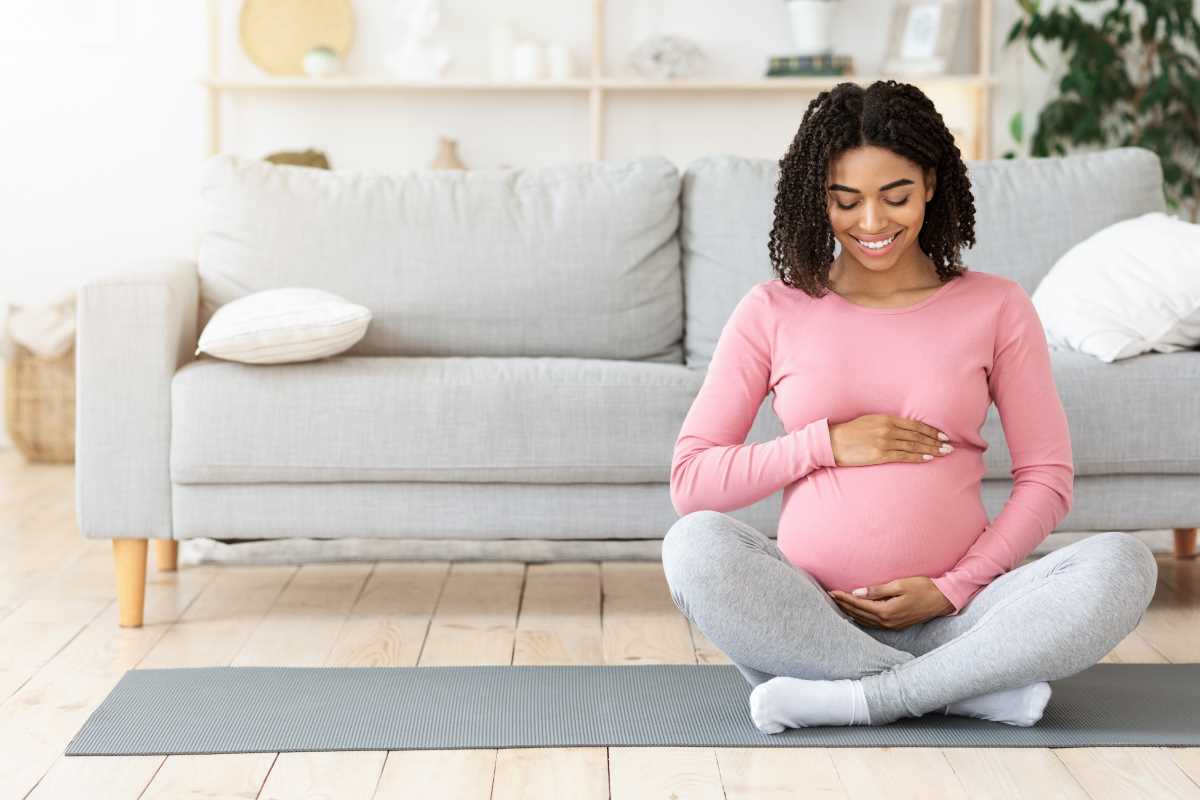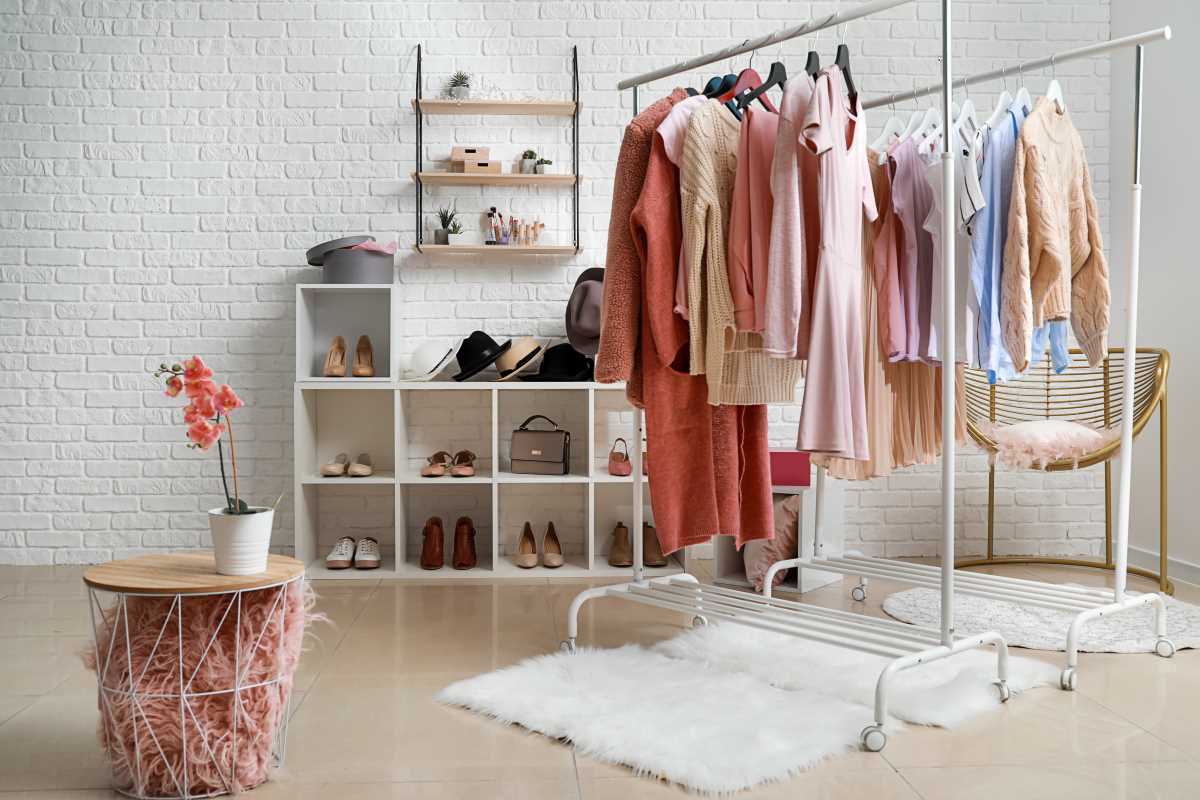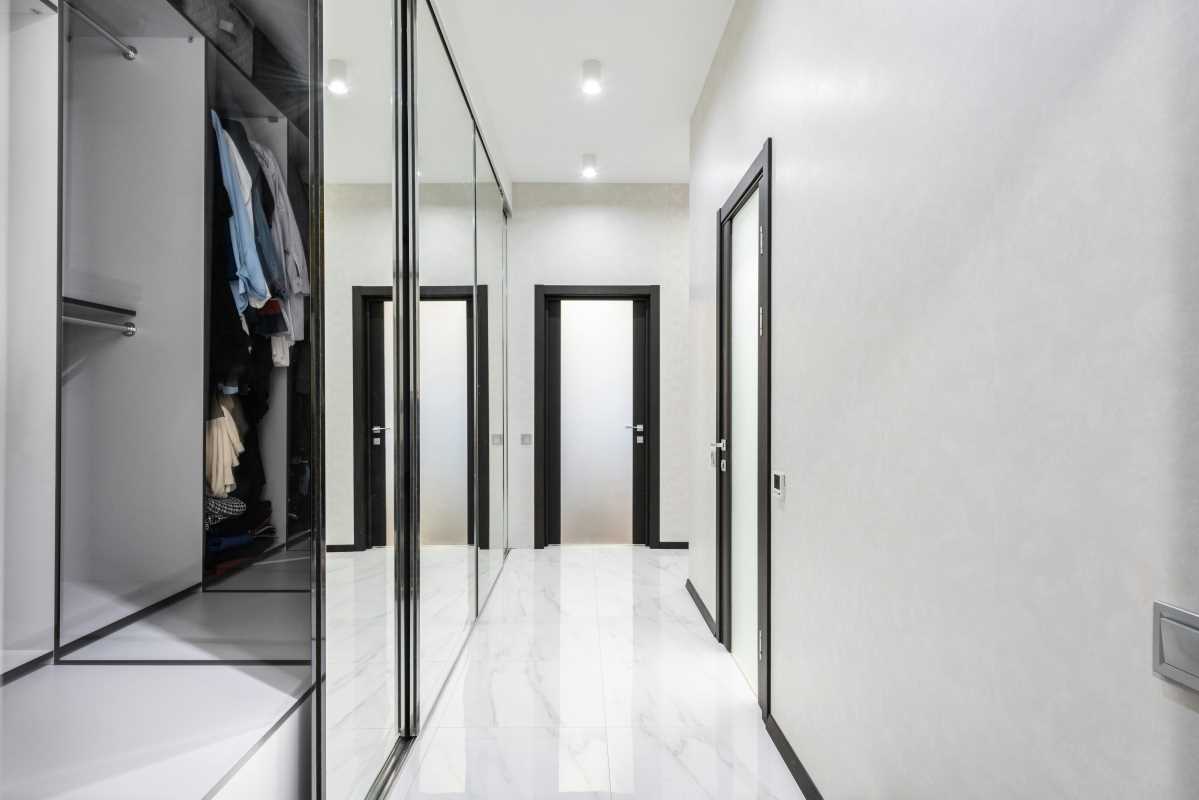Life with a growing family often means balancing hectic routines, managing piles of clothes and toys, and trying to keep every space tidy. When you follow a clear, practical plan, you can bring a sense of calm to your home and spend more quality time together. You no longer need to search for lost items or scramble to find matching socks each morning. With straightforward organization, keeping rooms in order becomes a natural part of your day and doesn’t add extra pressure to your routine.
By breaking tasks into bite-size steps and involving every family member, you’ll create systems that last. These practical tips focus on real homes with kids, pets, and daily messes, so you can spend less time tidying and more time making memories.
How to Organize Shared Spaces
Shared rooms like living areas or play zones get cluttered fast when everyone dumps items in one spot. Start by mapping out activity zones: designate play corners, reading nooks, and a spot for electronics. Use washable rugs or colorful baskets to visually separate these areas.
Next, assign quick daily check-ins. At dinner time, spend five minutes returning toys, books, and shoes to their spots. This small habit keeps clutter from piling up and makes weekend deep-cleans much easier.
Ways to Declutter
Before finding storage containers, clear out what you no longer need. Involve each family member to sort through belongings—kids learn decision-making, and you’ll free up space.
- Keep only what you love: Sort clothing and toys into “keep,” “donate,” and “repair” piles.
- Follow the one-in, one-out rule: For every new item, let go of an old one to prevent buildup.
- Review seasonal items twice a year and box up what you haven’t used for six months.
- Store craft supplies together, schoolwork together, and outdoor gear together, not by room.
- Label clearly: Use color-coded labels or simple words your kids can read to speed up cleanups.
Regular decluttering sessions, even just twenty minutes every Sunday, keep your home feeling fresh. Celebrate small wins, like clearing a bookshelf or purging outgrown clothes, to build momentum.
Effective Storage Solutions
Once you’ve trimmed excess items, organize what’s left using clever storage hacks. Customizing storage to your family’s routine prevents messes from sneaking back in.
- Install low hooks by the door for backpacks and coats—kids can hang up their own gear as soon as they walk in.
- Mount a pegboard in your kitchen or craft room to hang tools, scissors, and small baskets for pens or paints.
- Use clear bins on open shelving so you can spot supplies at a glance. Label each bin’s contents on the front.
- Place stackable drawers under beds or in closets to keep off-season clothes and extra linens stashed neatly.
- Create a rotating toy display using a shallow basket—swap out a few items weekly to keep playtime fresh.
These steps transform unused corners into organized pockets. Once storage spots feel intuitive, returning items becomes second nature.
Kid-Friendly Tips for Organizing
Children respond best when they can participate in storage systems. Lower shelves and transparent bins let them see where things belong without asking for help.
Label each bin with both words and pictures for non-readers. You might show a shoe icon on the shoe bin and a book icon on the reading shelf. Encourage kids to tidy for five minutes before bedtime, turning cleanup into a quick family game.
How to Keep Your Home Organized
Consistency beats perfection. Set aside ten minutes each evening for a household reset: clear tabletops, fluff cushions, and stow loose items. Involving everyone keeps the routine light and team-focused.
You can also schedule a monthly “organization review.” Tweak zones that overflow quickly, swap out storage containers, or add an extra hook. This check-in stops small issues from snowballing into big messes.
Dividing shared spaces, removing clutter, and selecting suitable storage create order in your home. A tidy environment allows you to focus on what matters most.
 (Image via
(Image via





.jpg)